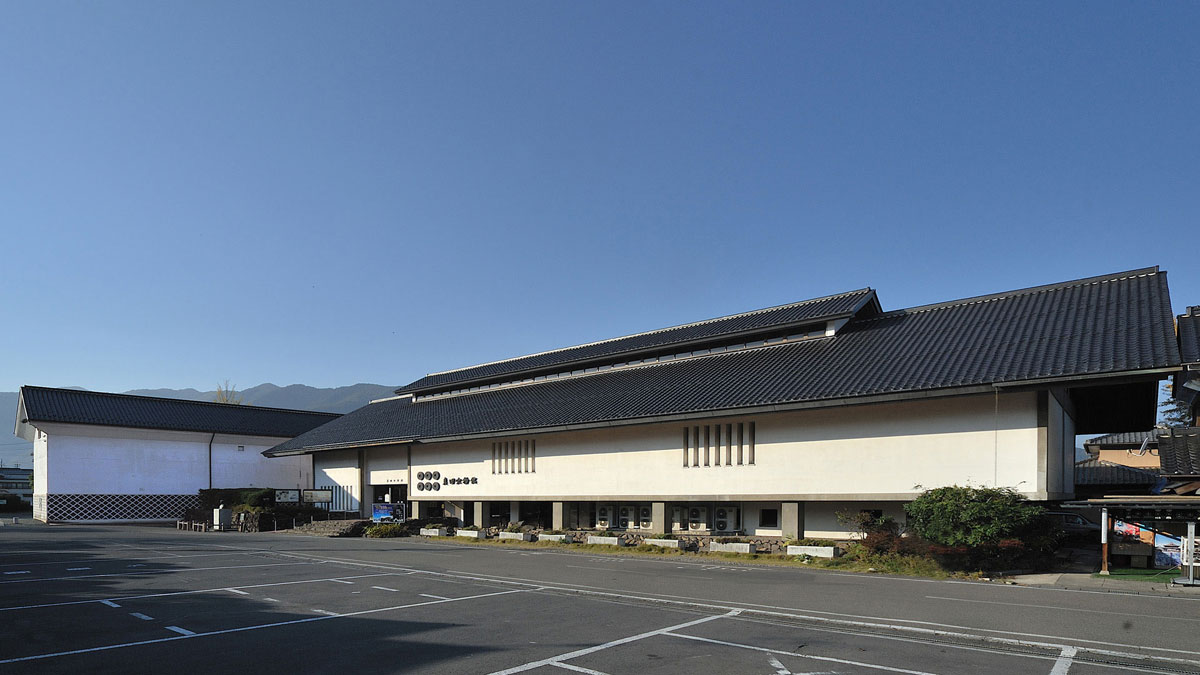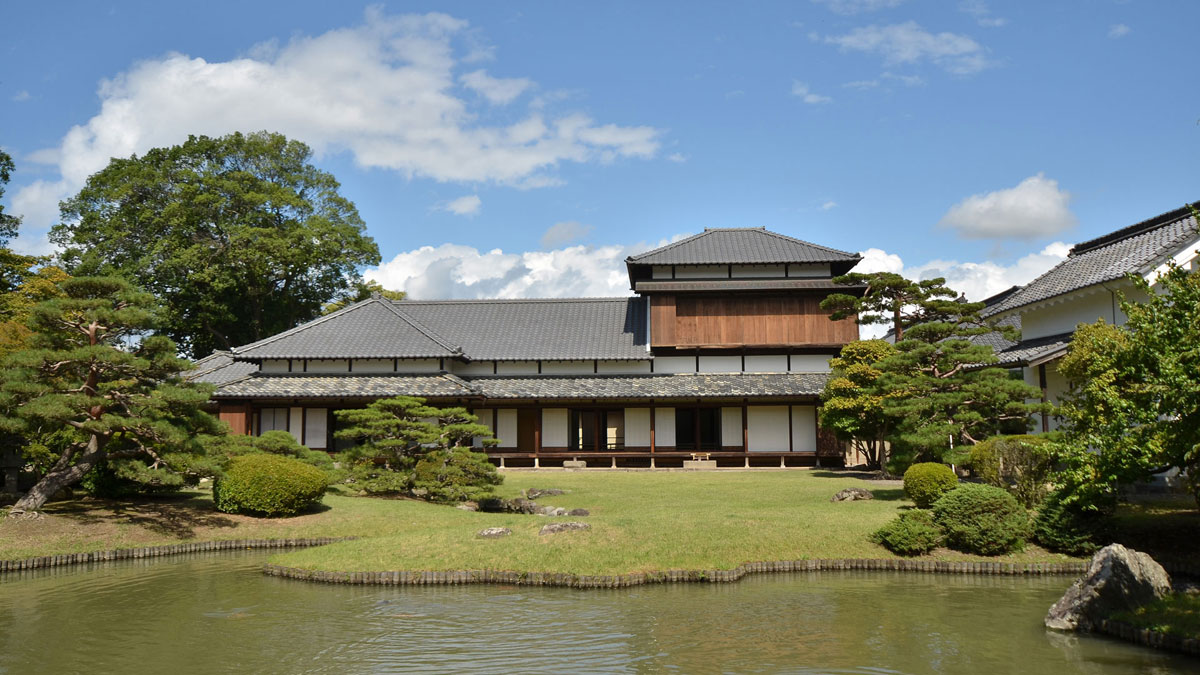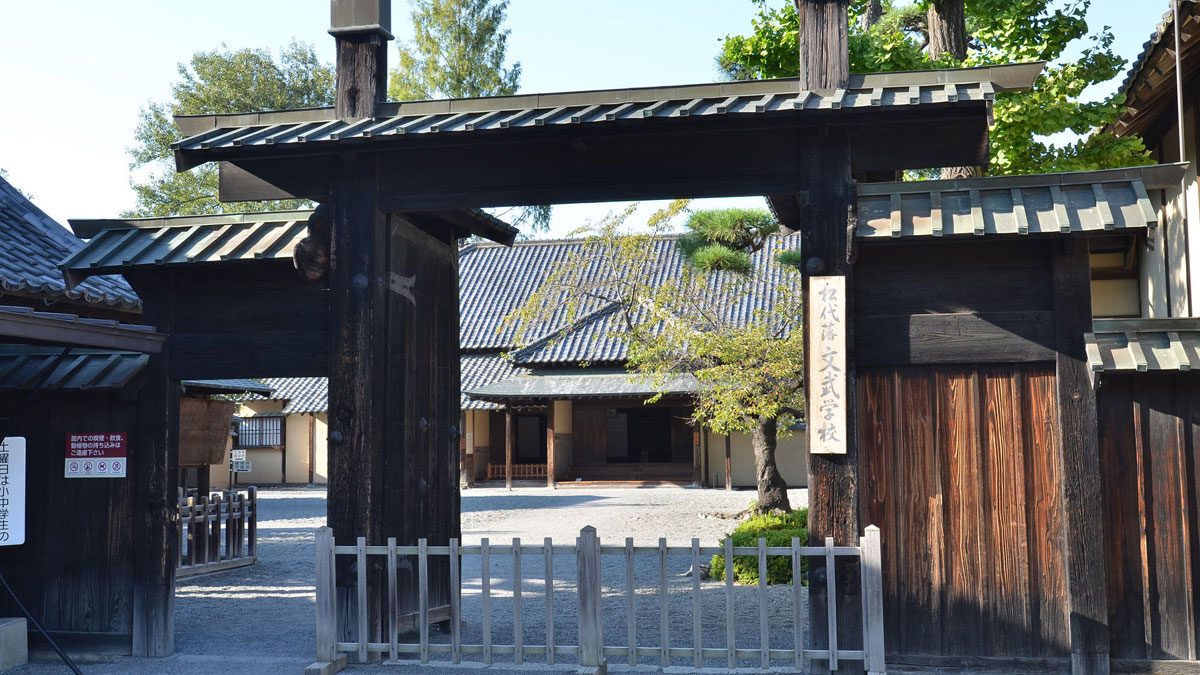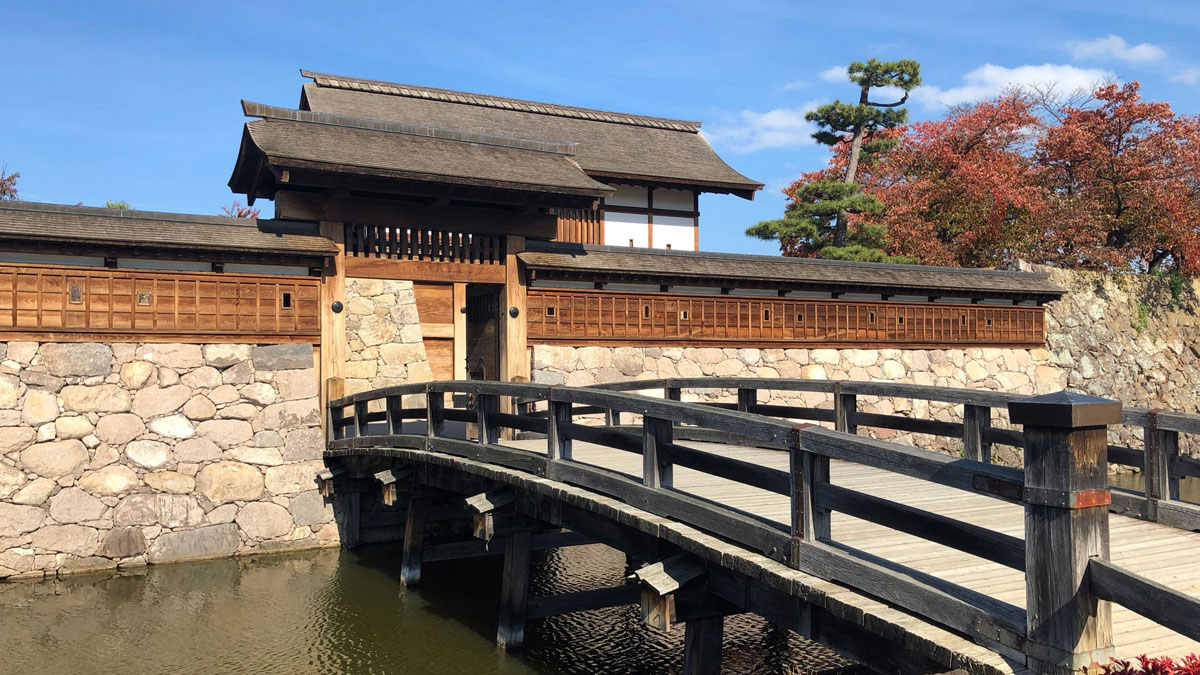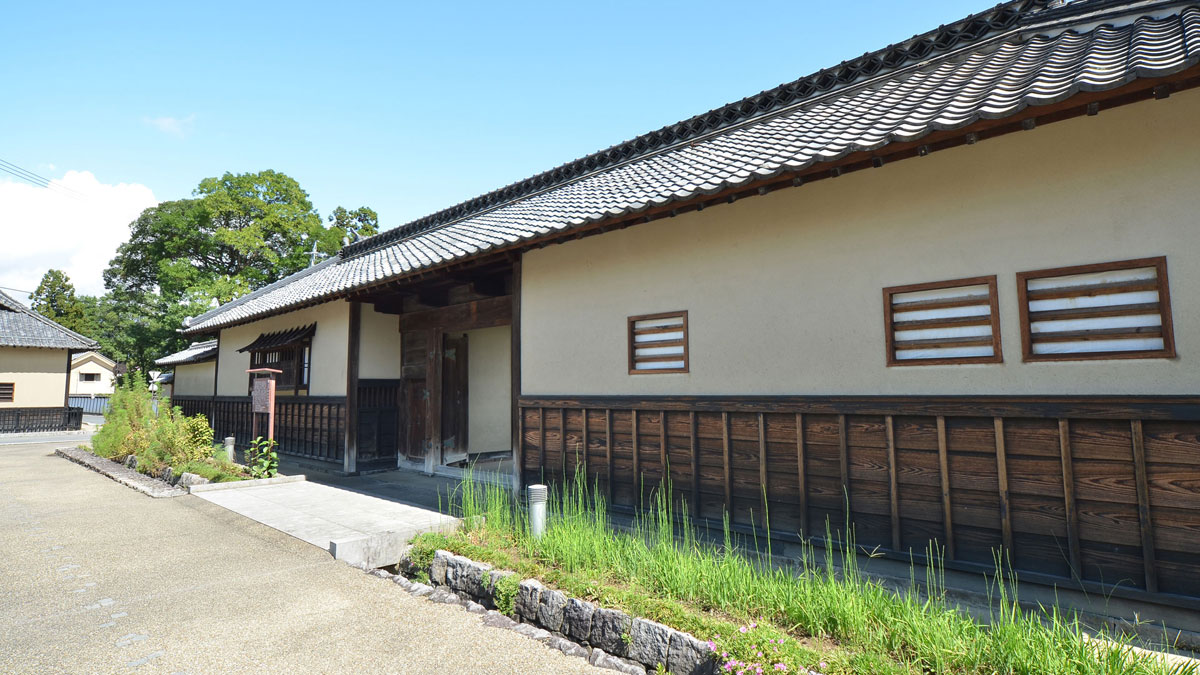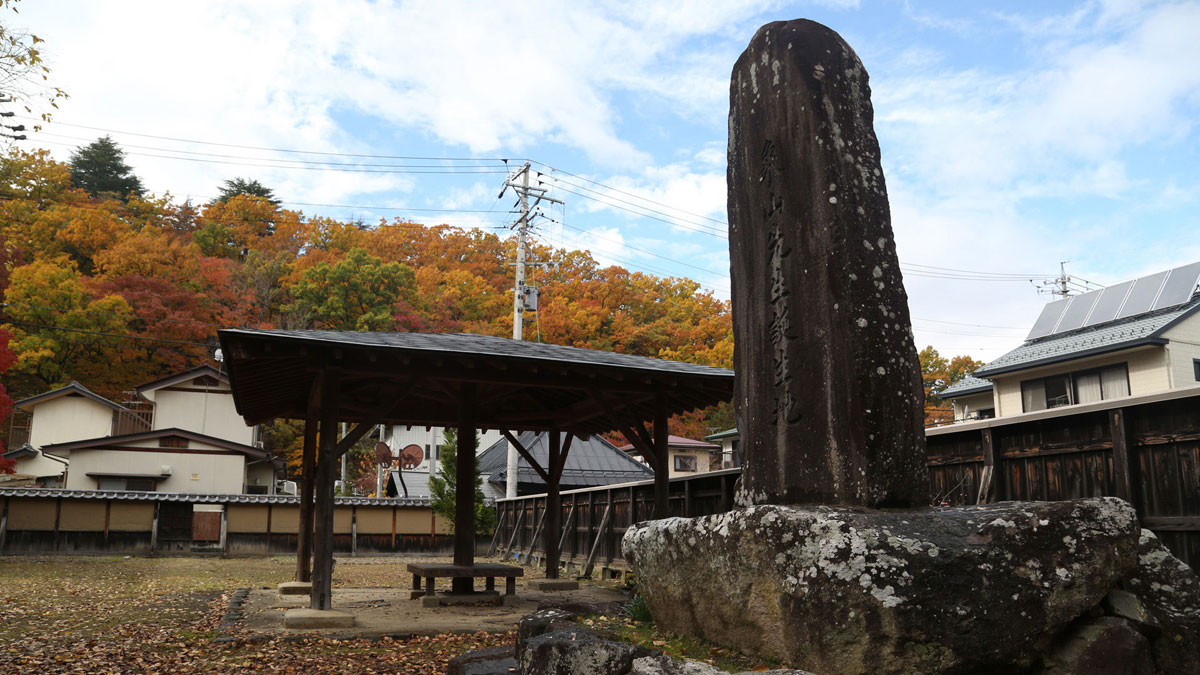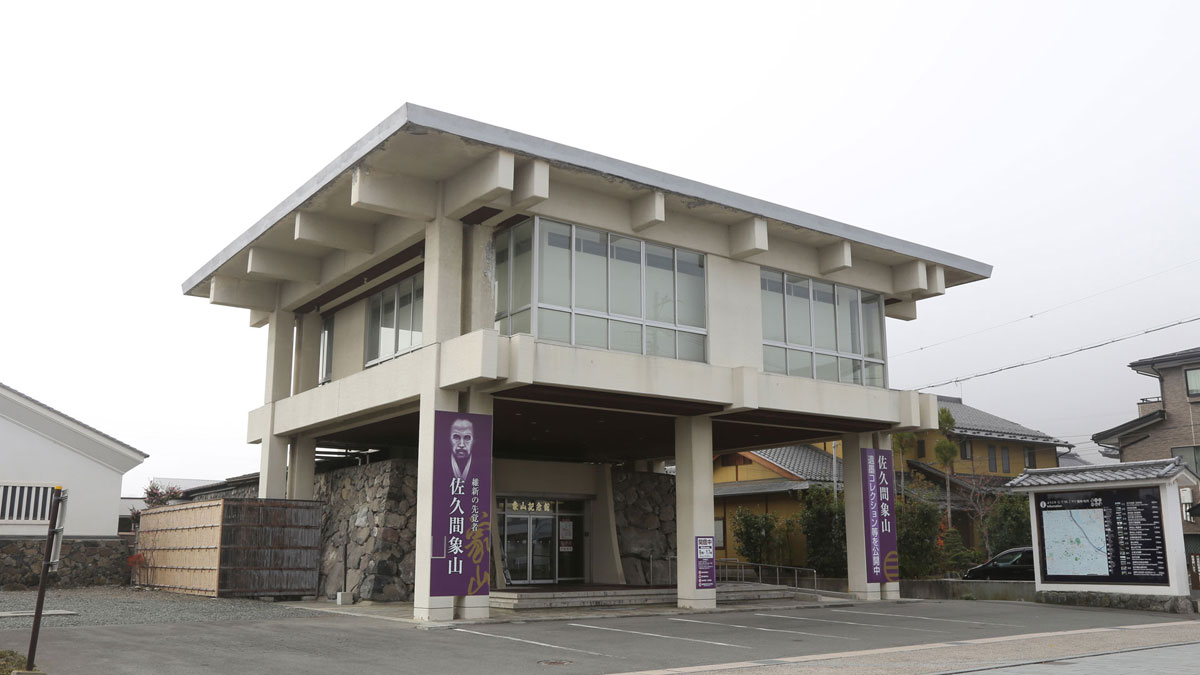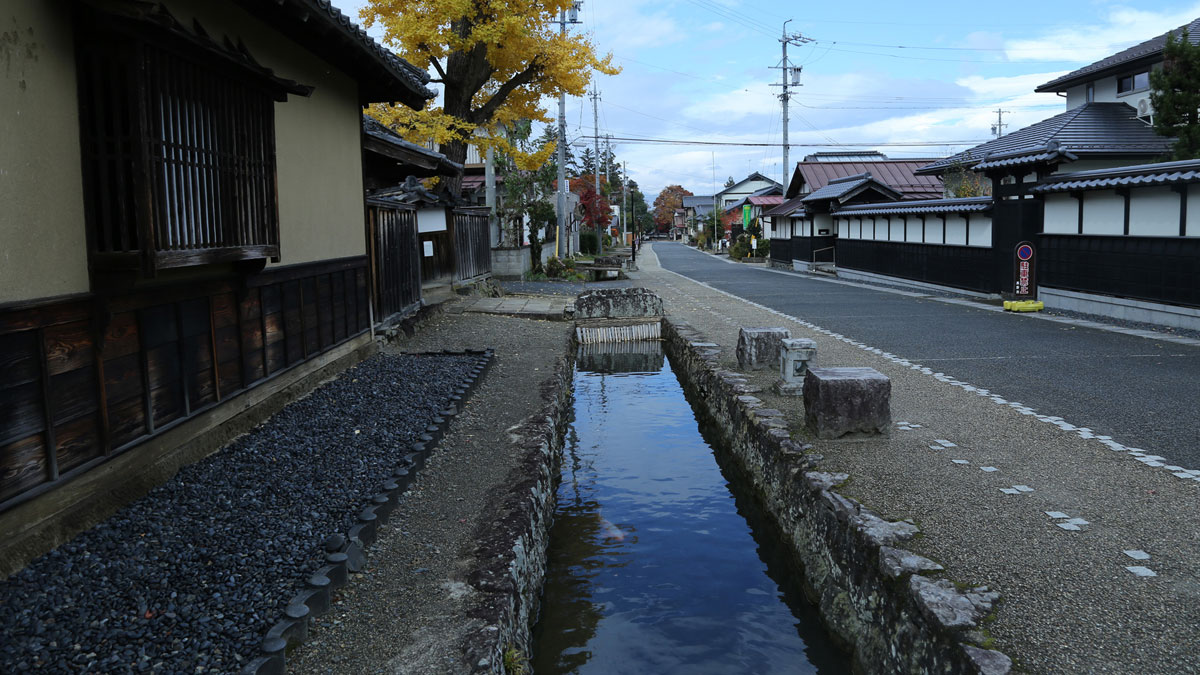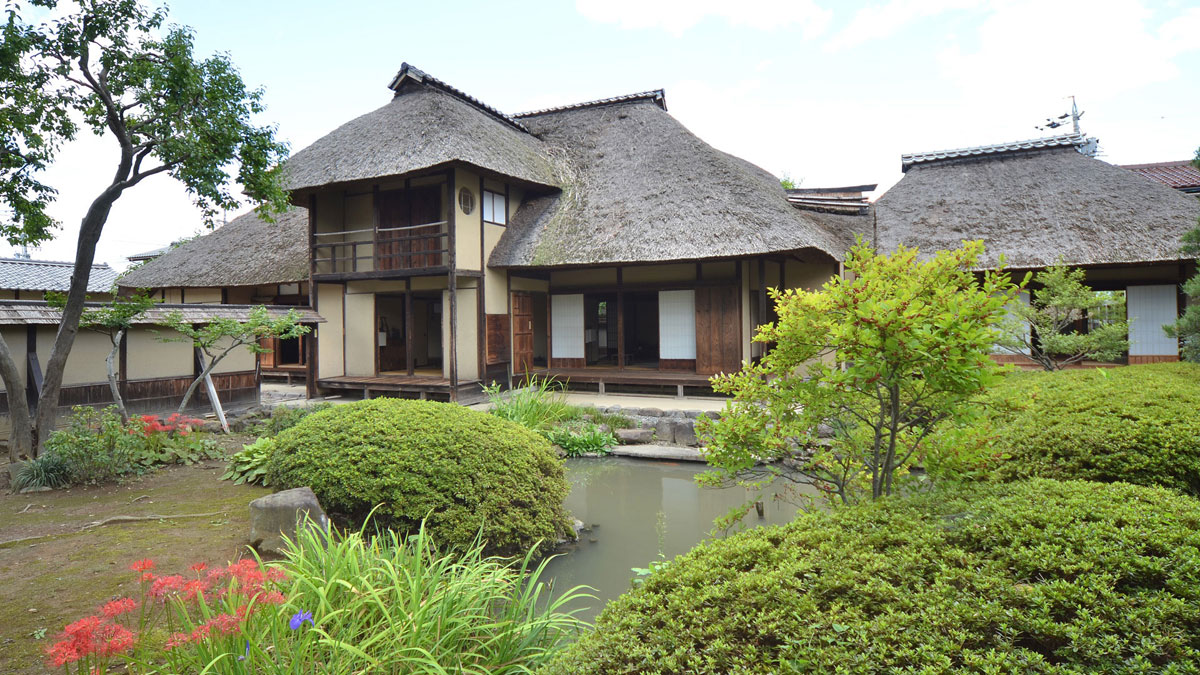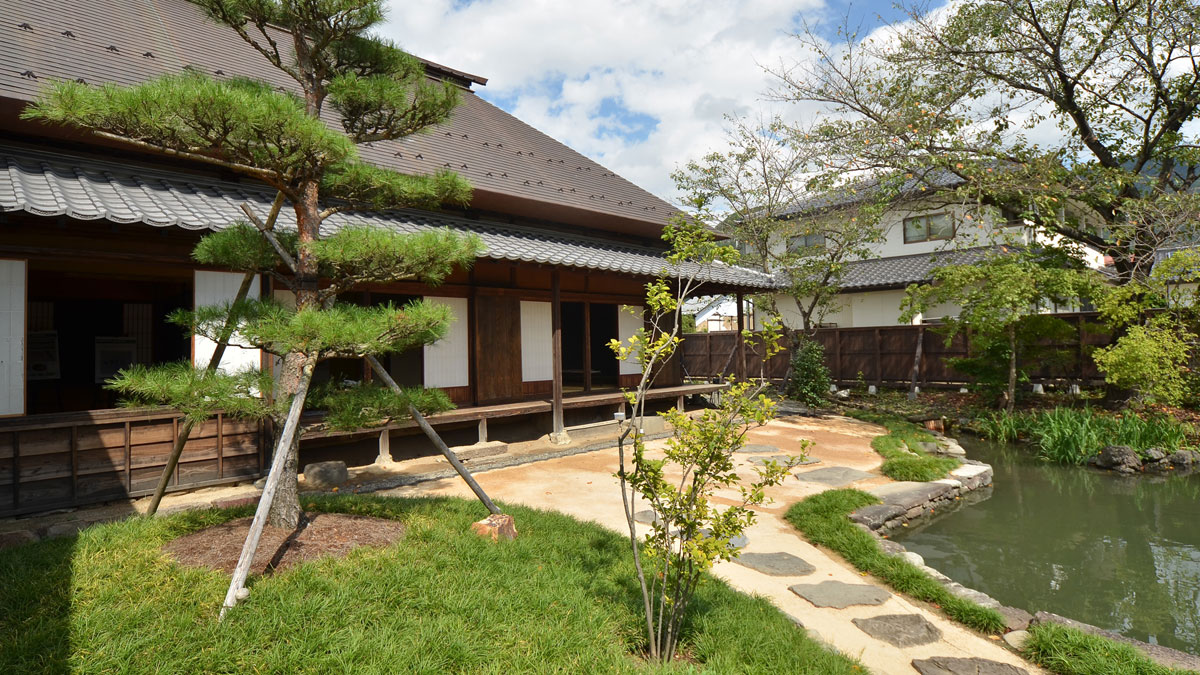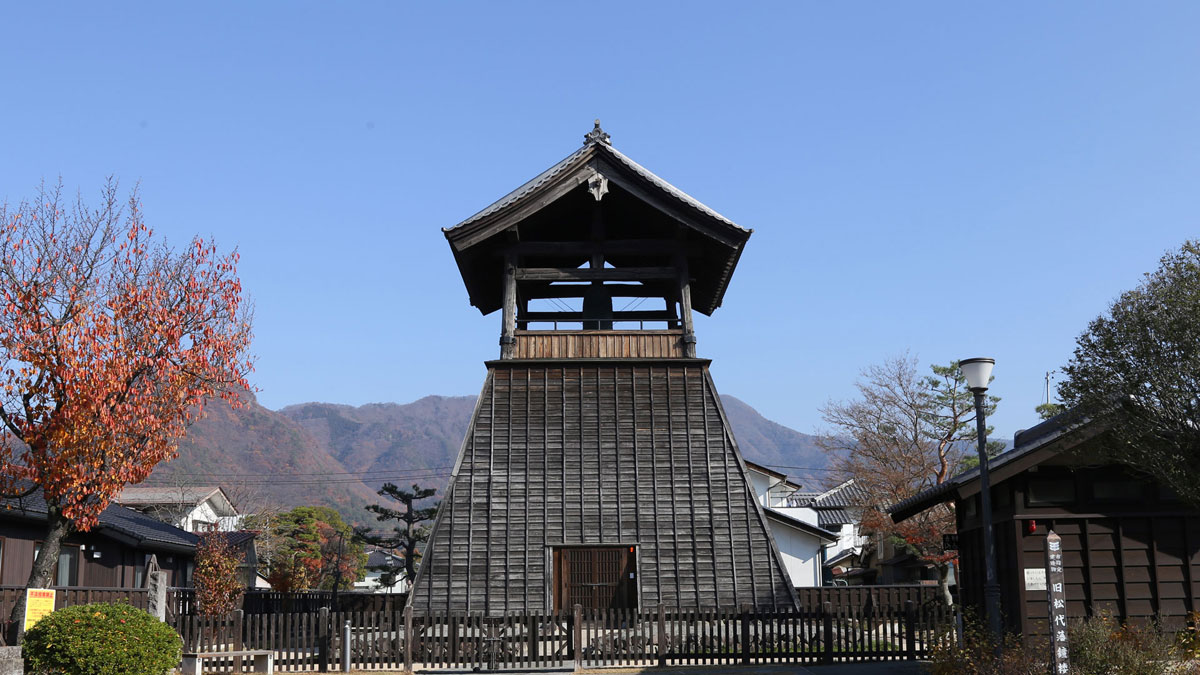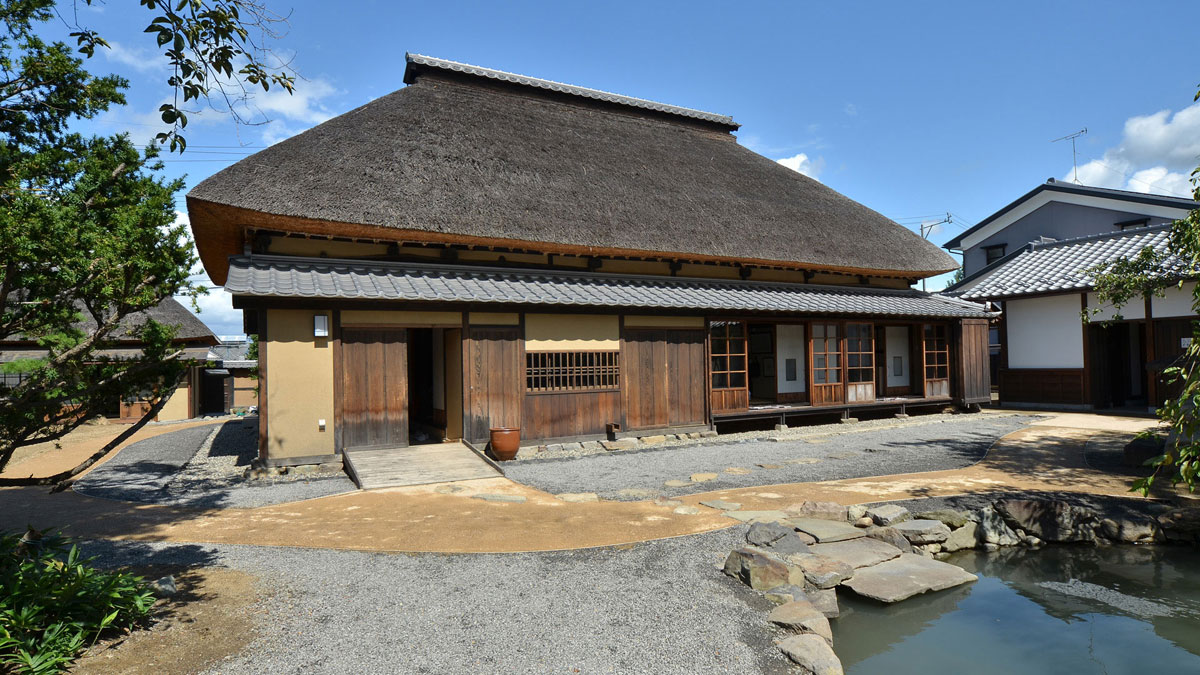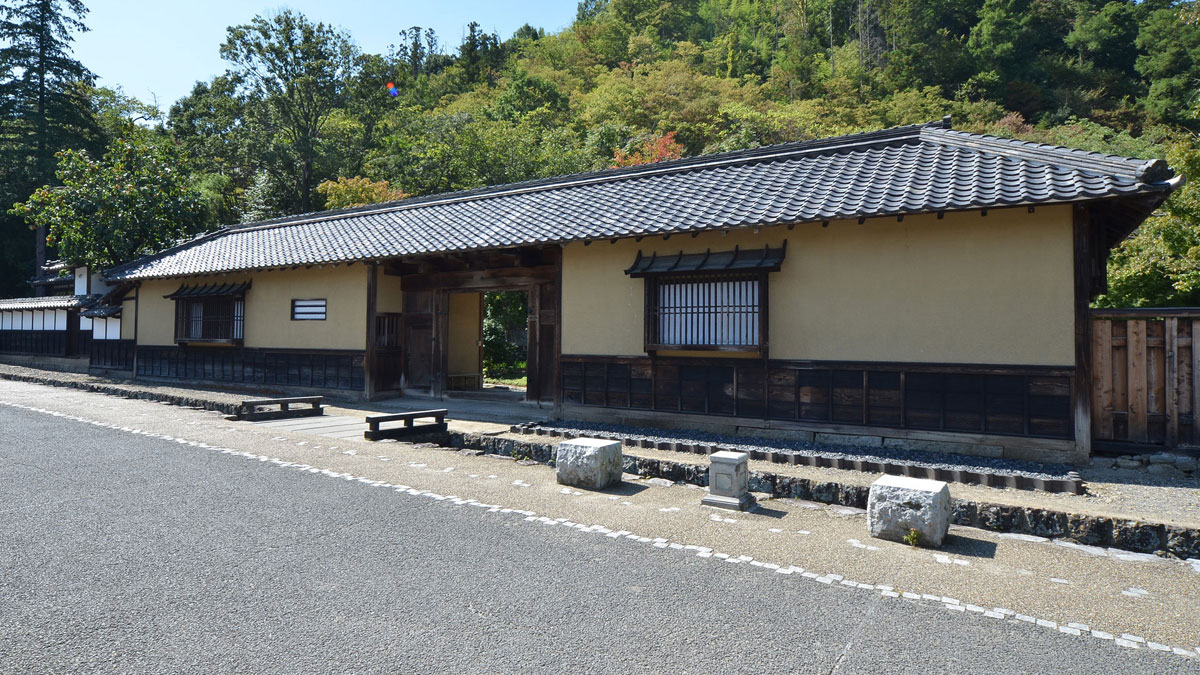Route Guide
 Reki Michi (Historical Path) Route
Reki Michi (Historical Path) Route
- 1km
- Abt. 1hr 20min
- ¥600※1
Approx. 2 hr Take a journey through history at the base of Mt. Zozan.
The perfect route for experiencing the air of a castle town.
At the foot of Mt. Zozan, which clearly marks the change of the seasons in the background of the city scenery, walk along the waterway and get up close and personal with the town’s history.
Reki Michi (Historical Path) Route Route and walking times
- =distance
- =Time required
- =Admission fee
2min
3min
3min
7min
- ※1 Expenses are shown at adult rates (high school students and above).

